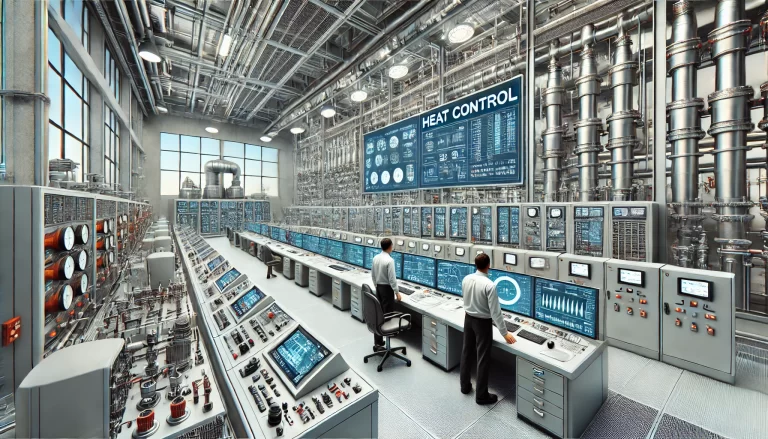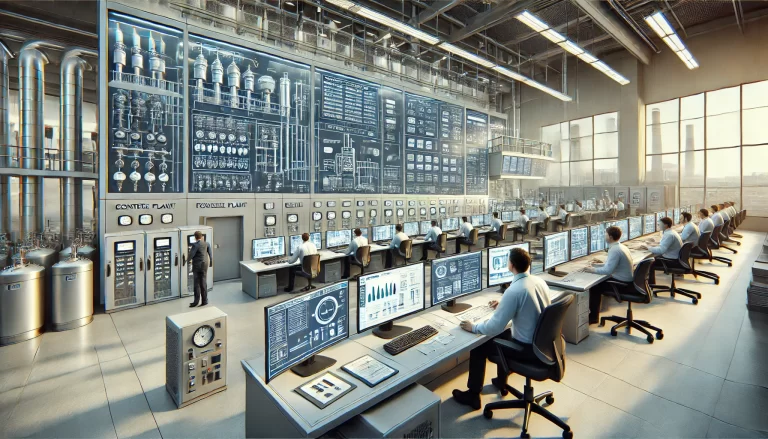In control theory, the PID (Proportional-Integral-Derivative) controller is often considered the simplest and most effective control algorithm. For systems with a strong, single-variable cause-and-effect relationship, PID is not only straightforward but also highly efficient. The tuning of PID parameters is an essential skill for control engineers, and it remains the foundational knowledge for designing control systems.
In single-input single-output (SISO) control systems, while numerous innovative control algorithms have been proposed, none have managed to challenge PID’s dominance in process control. This is largely because PID’s simplicity allows it to solve a wide range of problems effectively. In control system design, the SISO form based on PID is considered the simplest and most optimal solution. The use of PID in its single-variable form ensures that control schemes remain uncomplicated yet efficient.

As control engineers, it is crucial to understand that simplicity does not always equate to correctness, and complexity does not necessarily lead to improvement. The key to effective control system design lies in simplifying the solution without sacrificing its functionality. After grasping the core principles, the control scheme should be intuitive, and any unnecessary complexity should be avoided. By optimizing the degrees of freedom when they are available, and coordinating when they are insufficient, engineers can refine their control schemes. This approach results in a clear and effective design, whereas overly complex schemes can become cumbersome and difficult to manage.
The Role of Advanced Control
While PID has proven to be an excellent solution for many control problems, it is not the only option. Advanced control techniques, which leverage existing measurements and manipulated variables to create sophisticated models, provide an alternative approach. These advanced methods use optimization strategies to address multi-variable dynamic constraints and coordination issues, offering a more flexible solution compared to PID-based designs. Advanced control systems also feature stronger fault tolerance mechanisms, making them particularly valuable in environments where system failures or anomalies are a concern.
When comparing advanced control to PID, it’s essential to note that advanced control systems often offer significant cost advantages in industrial applications, particularly when dealing with multi-variable systems. These systems are designed to optimize overall performance and minimize costs, which is why they are becoming more popular in industries that require higher precision and efficiency.

One of the most significant advantages of advanced control is its ability to handle complex scenarios, such as systems with multiple manipulated variables and controlled variables. For instance, when there is one controlled variable and two manipulated variables, advanced control systems can easily implement strategies such as:
- Split-range control: Assigning different control actions to different ranges of a variable.
- Ratio control: Maintaining a fixed ratio between two variables.
- Valve position control: Managing the position of control valves based on dynamic parameters.
- Cascade control: Using two or more controllers to optimize system performance.
These control schemes are difficult or even impractical to implement using PID controllers, which require careful tuning and setup to function properly. Moreover, switching between different control strategies in an advanced control system is relatively straightforward, whereas with PID, it often requires extensive effort to reconfigure the system. The complexity of these advanced control systems may seem daunting at first, but once the fundamental principles are understood, their implementation becomes much more manageable.

Why PID Still Dominates
Despite the capabilities of advanced control systems, PID continues to be the dominant control method in many industries, especially in processes where simplicity and reliability are key. PID controllers are easy to tune, and their performance is well-understood, which makes them a practical choice for many applications. For simpler systems where the relationship between input and output is clear and direct, PID remains the most effective and cost-efficient choice.
However, as systems become more complex, with multiple variables influencing the process, PID’s limitations become apparent. In these cases, advanced control techniques become more advantageous, as they are designed to manage complex, multi-variable systems and optimize performance in ways that PID cannot.

The Future of Control Systems
In conclusion, both PID and advanced control techniques have their place in the control systems landscape. The key to selecting the appropriate method lies in understanding the complexity of the system and the specific requirements of the process. PID is the go-to choice for straightforward systems with a limited number of variables, while advanced control systems offer superior performance for complex, multi-variable scenarios that require optimization and coordination.
Understanding the strengths and weaknesses of each approach will allow control engineers to make informed decisions and implement the most appropriate solution for their needs. As industries continue to evolve and become more sophisticated, the role of advanced control will likely increase, but PID will undoubtedly continue to play a vital role in the simplest control applications.
